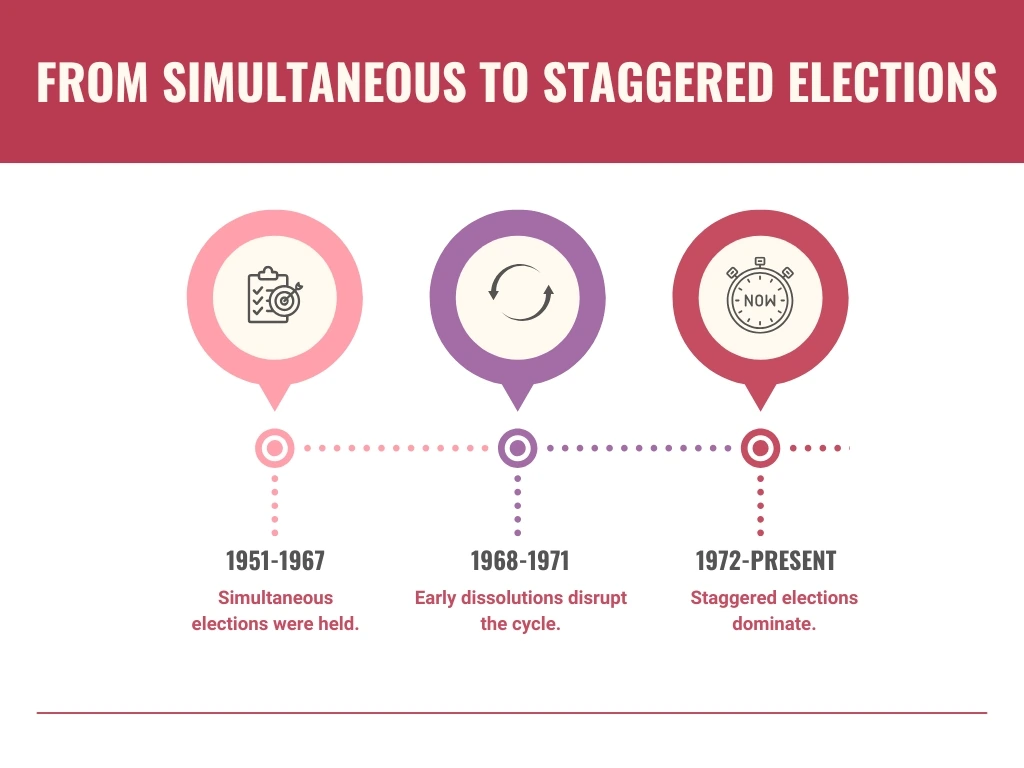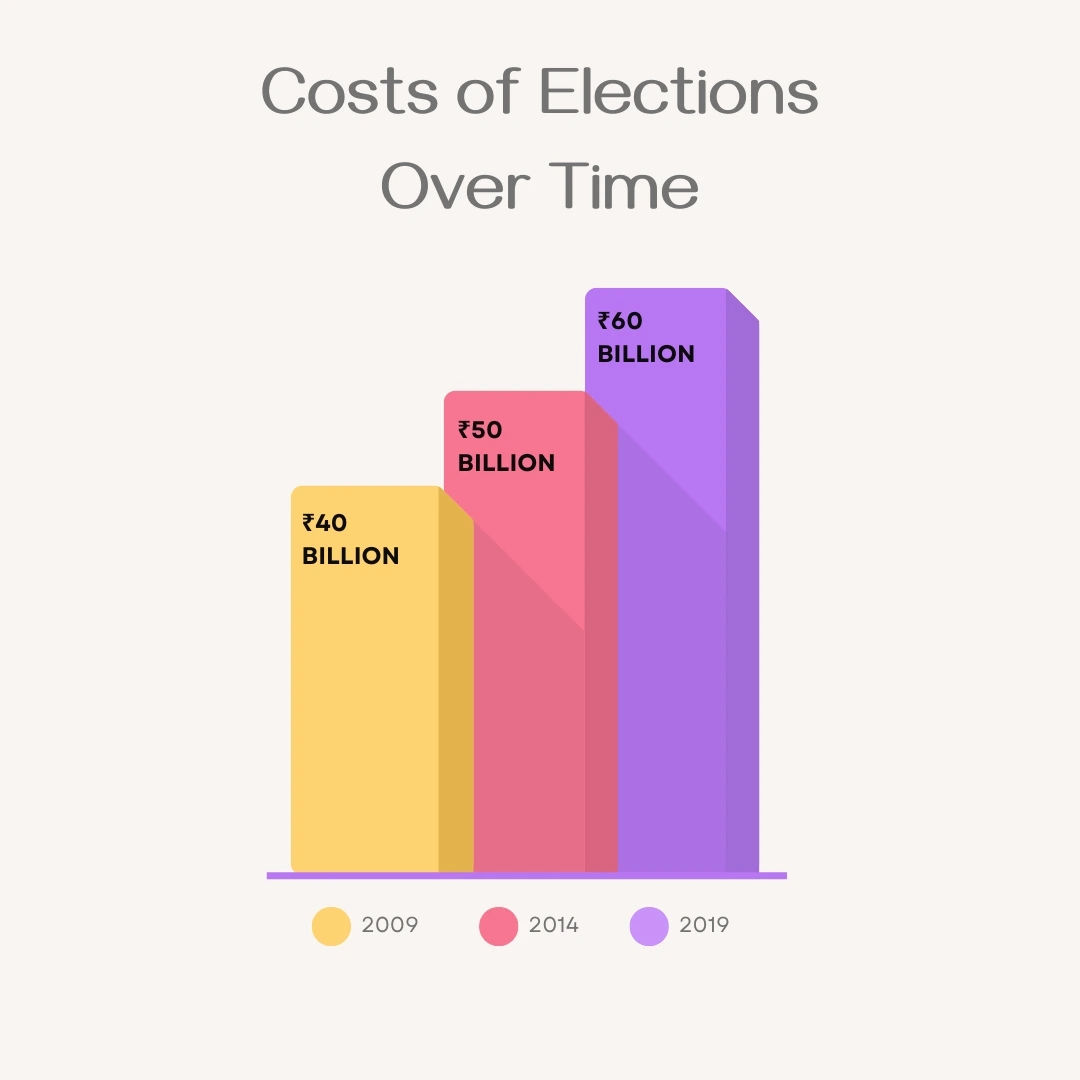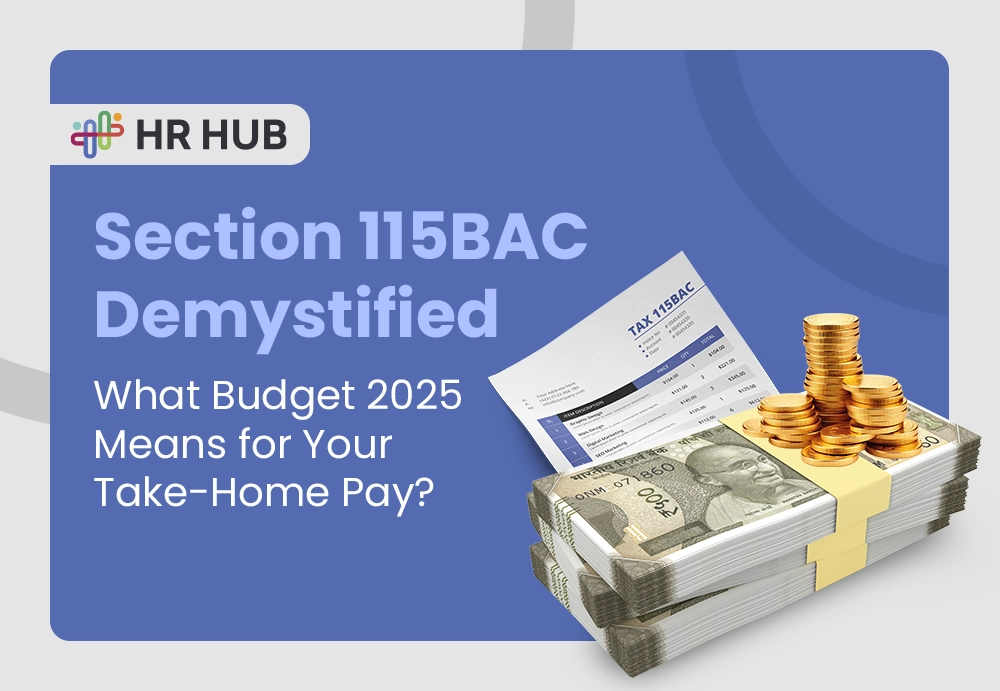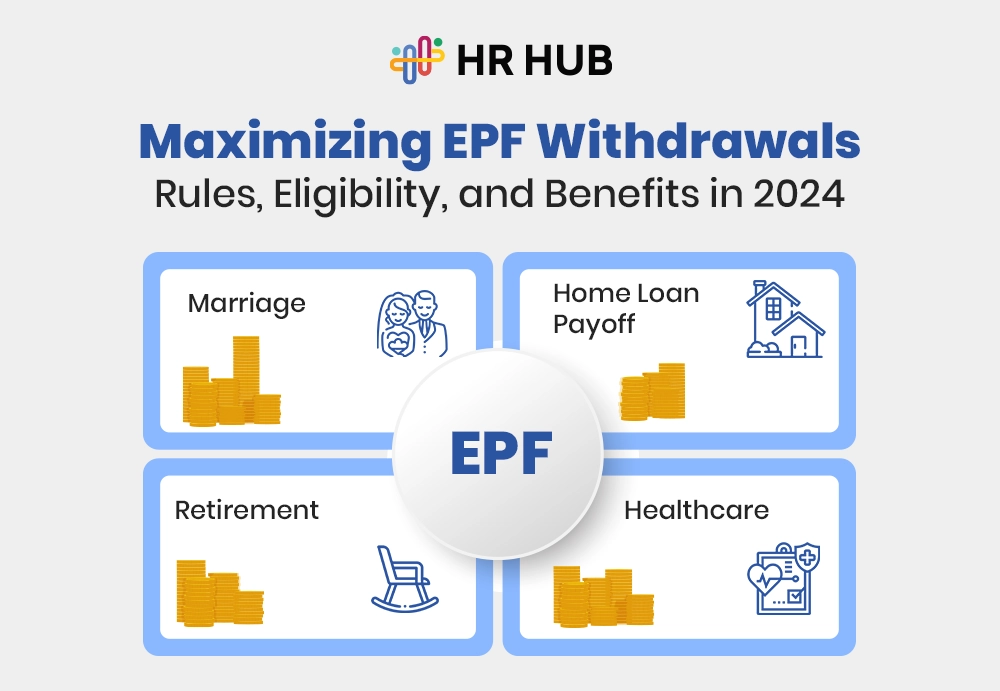Imagine a country where elections, political campaigns, and party alliances only happen once every five years.
This is the idea behind India's " One Nation, One Election" plan. The goal is to hold elections for both the national parliament (Lok Sabha) and state governments simultaneously, creating a big change in how India’s democracy works.
- But is this idea too perfect to work in reality?
- Does it consider India's diversity and the different priorities of each region?
Let’s explore what this big change could mean and the challenges it might face.
The Historical Backdrop
India once embraced simultaneous elections from 1951 to 1967, a practice that was disrupted due to premature dissolutions of governments at both the central and state levels. Over the years, staggered elections became the norm, leading to frequent election cycles.
Timeline Infographic

Problems with Frequent Elections
High Costs:
Elections are expensive.
For example, the 2019 general elections cost ₹60 billion (around 8 billion USD).

Disruption in Governance: With elections happening often, politicians spend more time campaigning than actually working. This leads to delays in making important decisions and slows down development.
Resource Strain: Repeated elections require large amounts of resources—like security forces and officials—which can be exhausting for the government.
What Does 'One Nation, One Election' Entail?
The "One Nation, One Election" proposal suggests holding all state elections simultaneously as the national Lok Sabha elections.
This could simplify the election process, saving money and effort by avoiding multiple elections. It might also lead to smoother governance and better implementation of policies.
Why One Nation, One Election?
The "One Nation, One Election" initiative is designed to tackle several issues in India’s current election system. Here's why it’s being proposed:
The rationale for proposing such a bill includes several key considerations:
1. Cost Reduction
Holding separate elections for the Lok Sabha, state assemblies, and local bodies at different times is expensive. The government wants to save money by holding elections simultaneously, reducing the need for resources like manpower, security, and administrative support.
|
Election
|
Estimated/Actual Cost
|
Details
|
Source
|
|
Gujarat Assembly Elections (2022)
|
₹450 crore
|
Estimated cost to conduct the state assembly elections, excluding political party expenditures.
|
Times of India
|
|
Maharashtra Assembly Elections (2024)
|
₹432 crore
|
Actual expenditure for the assembly elections, including constituency allocation.
|
Times of India
|
|
National Level Expenditure (2024)
|
₹1 lakh crore
|
Estimated cost for conducting the 2024 General Elections, including Lok Sabha and state assembly elections.
|
New Indian Express
|
|
Expenditure Limit (Lok Sabha Elections)
|
₹95 lakh per constituency
|
Spending limit for candidates in larger states for the Lok Sabha elections.
|
Next IAS
|
|
Expenditure Limit (State Assembly Elections)
|
₹40 lakh per constituency
|
Spending limit for candidates in larger states for state assembly elections.
|
Next IAS
|
2. Better Use of Resources
Conducting separate elections puts a strain on the government machinery. This affects the implementation of development projects and governance. A single election cycle would allow these resources to be used for more productive purposes throughout the term.
|
Role
|
Average Working Hours
|
Details
|
Source
|
|
Police Officers
|
8+ hours per day (68% work 11+ hours daily)
|
Police officers in India often work extended shifts, sometimes exceeding 14 hours a day.
|
Factly
|
| |
Overtime: 14+ hours
|
Officers often report working more than 14 hours on certain days due to duties, especially in larger cities.
|
Business Insider
|
|
Politicians
|
Long hours, including legislative sessions, committee meetings, and constituency work
|
Politicians engage in long hours of work, often extending beyond normal office hours due to public events and meetings.
|
General observation from multiple sources
|
3. Stable Governance
Frequent elections put the government under the "Model Code of Conduct" (MCC), which limits its ability to announce new policies or decisions that could influence voters. Holding elections together would minimize these interruptions and ensure a more stable governance process.
4. Reduced Election Fatigue
Voter turnout tends to drop with frequent elections as people become tired of the process. Holding all elections together could boost voter turnout by making each election more impactful and less repetitive.
5. Less Political Polarization
Staggered elections keep political parties in a constant state of campaigning, which can lead to increased division and short-term thinking. A single election cycle could shift the focus back to long-term policy-making and governance.
Historical Context and Current Electoral Practices
In India, state and central elections are usually held at different times, creating a near-constant election cycle in some areas. This can lead to delays in policy-making and higher costs.
The idea of holding synchronized elections is not new. Over the years, various committees have recommended exploring its potential benefits and feasibility.
The Vision Behind the Reform
The main goal of this reform is to cut down on the extra costs and administrative strain caused by frequent elections, which often divert attention from governance and development.
By holding all elections at the same time, the government hopes to save resources and allow elected officials to focus on governing, instead of always preparing for the next election.
Challenges Explored Through Questions
How Feasible is the Synchronization?
Coordinating election schedules across India's vast and diverse states is a major challenge. It involves updating voter lists, managing logistics, and ensuring uniform election processes across all regions.
What Constitutional Amendments are Required?
To implement "One Nation, One Election," several parts of the constitution would need to be changed. These amendments would need approval from both houses of Parliament, requiring a two-thirds majority, which could be difficult in the current political climate.
Impact on Regional Dynamics:National issues could dominate over local concerns, which may weaken the influence of regional parties that are crucial in addressing state-specific issues.
Voter Fatigue and Engagement:Voters might feel overwhelmed by having to choose from multiple elections and referendums at once. This could lead to disengagement or uninformed voting.
Economic Implications: While there could be long-term savings, the initial costs of implementing synchronized elections—such as investing in infrastructure and training—could be significant.
Democratic Health: Fewer elections could reduce the frequency of voter input, limiting opportunities for people to hold their leaders accountable or express support or dissent. This might impact the overall health of India’s democracy.
Potential Benefits
Despite the challenges, synchronized elections could bring significant benefits, such as more stable government tenures, fewer disruptions in policy-making, and a more focused approach to administration. This could improve governance and accelerate economic and social development.
Key Disadvantages of Implementing One Nation, One Election in India
After understanding the overall concept of the one nation, one election concept, it’s essential to know the cons of it.
Handling Midterm Polls and President’s Rule
If the government falls in the middle of its term, it’s unclear how elections would be handled under this system. There could be confusion about whether only some elections should be held or if everything should be redone.
Disadvantage for Regional Parties
Local parties focusing on state issues may find competing with big national parties difficult. These smaller parties often don’t have the money or resources to run large-scale campaigns, so their local concerns might not get enough attention.
Constitutional and Legal Challenges
To make One Nation, One Election work, India must change its Constitution and pass new laws. This complicated and long process involves approval from both the central and state governments.
Marginalization of Regional Issues
With national issues taking center stage, state-specific problems may be overlooked during elections. This could make it harder for voters to choose based on what matters most to them locally.
Resource Imbalance
Regional parties don’t have as much money as national parties, so they might struggle to campaign effectively in a nationwide election, leaving their local issues less visible to voters.
Weighing the Pros and Cons
When considering the potential impact of "One Nation, One Election" alongside the practical and democratic challenges, it becomes clear that the proposal is not just about improving administrative efficiency, but also about rethinking how democracy works in India.
While it offers a more streamlined path to governance, it requires careful thought about how it might affect the democratic principles of the nation in the long term.






